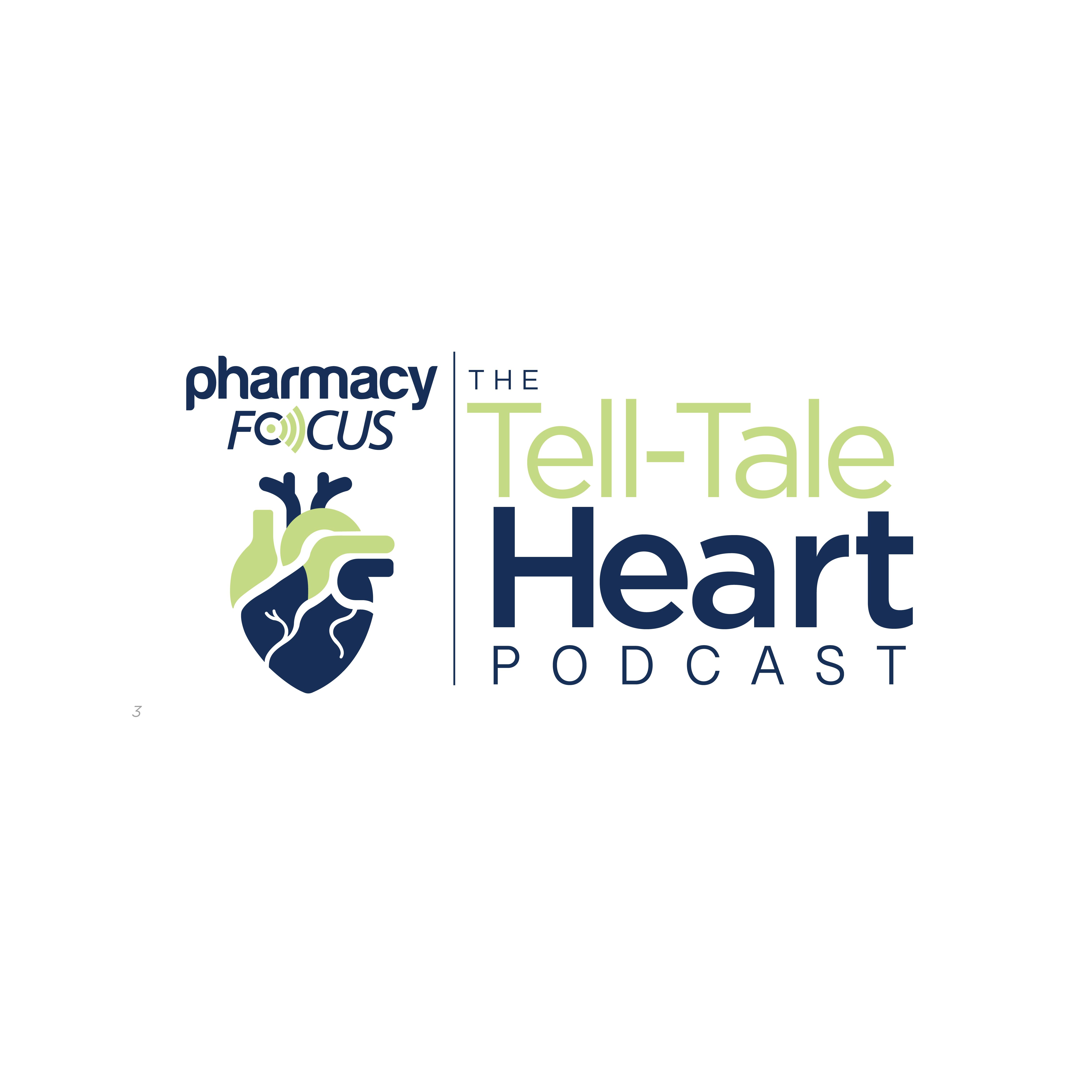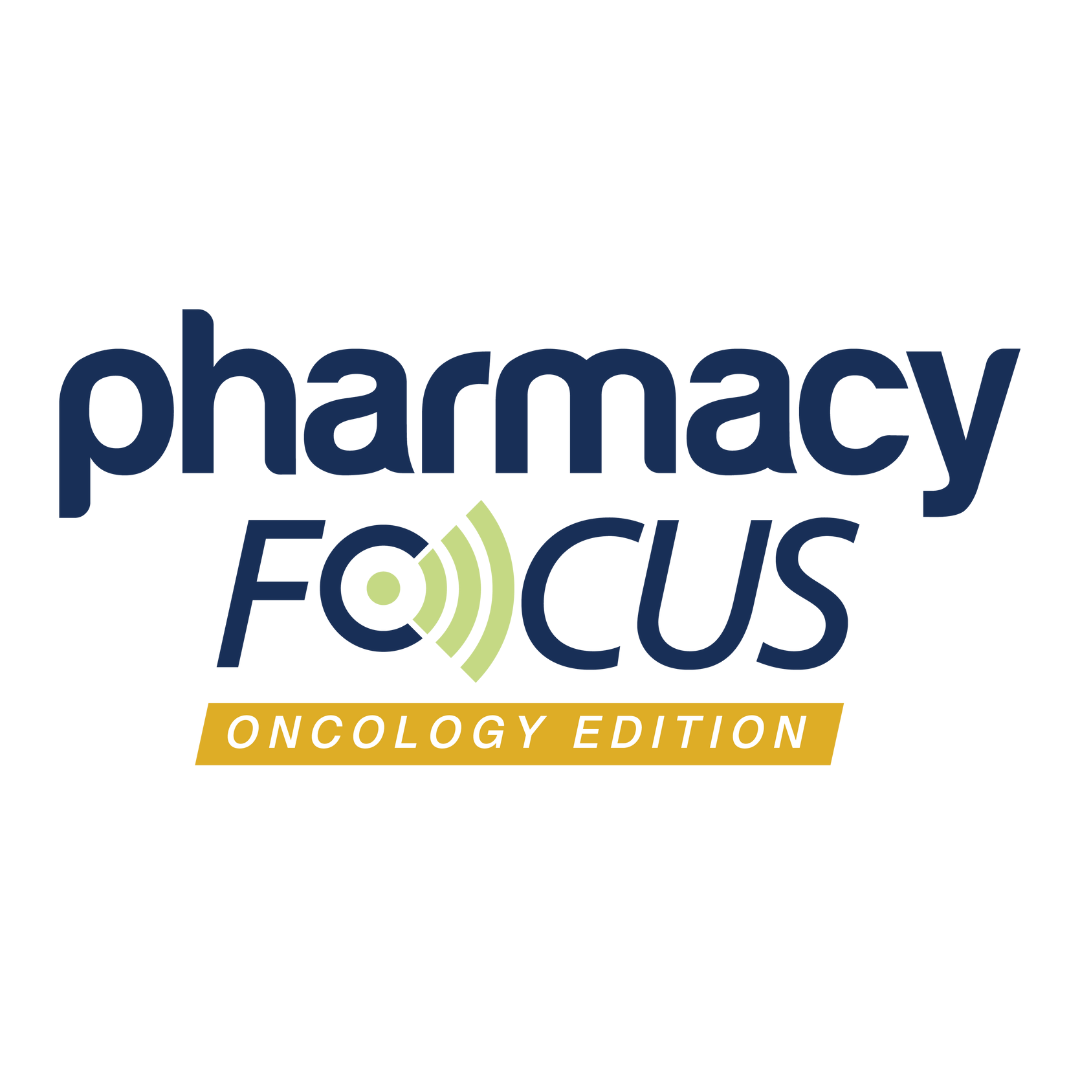Commentary
Video
Integrating Comprehensive COPD Care: UPMC’s Multidisciplinary Approach to Support, Education, and Rehabilitation
Author(s):
UPMC's integrated approach to COPD care enhances patient outcomes through personalized support, coordinated services, and effective pulmonary rehabilitation strategies.
In an interview with Pharmacy Times®, Nathaniel Weathington, MD, PhD, Pulmonary and Critical Care Medicine Specialist at UPMC, and David Marr, PharmD, Senior Clinical Pharmacy Specialist at UPMC Health Plan, explained how UPMC’s large, integrated delivery system can help to ensure chronic obstructive pulmonary disease (COPD) patients and members receive coordinated care across hospital and outpatient settings, with access to appropriate and necessary medications, therapies, and support. Together, Marr and Weathington highlighted UPMC Health Plan’s role in providing individualized, member-centered services, including case management, social work, and lifestyle coaching to address barriers to care. Weathington emphasized pulmonary rehabilitation as a key intervention, combining supervised exercise, education, and monitoring to improve patients’ conditioning and confidence. Both specialists also described how outcomes are measured using tools like the six-minute walk test and quality-of-life surveys, while UPMC Health Plan supports care continuity and addresses logistical challenges.
Pharmacy Times: How does UPMC's comprehensive, wrap-around approach to COPD care ensure seamless integration among its various support services for patients?
Nathaniel Weathington, MD, PhD: It's interesting. There are lots of ways to skin this cat, I feel like, because UPMC is so big, and we really do try to get the best care for each and every patient we serve. But there are multiple different care environments. There are people who are so sick that they have to go to the hospital, and then once they leave the hospital, we've got to make sure they have access to the people and the medicines that are going to serve them best.
There are people who are just out in the world doing the best they can to cope with their disease. Generally, UPMC does a good job at getting patients in front of the doctors they need, and then the doctors, with our clinical resources, are able to get the medicines and other therapies out to those patients. UPMC has developed some infrastructure—which I think Dave can probably talk about—to ensure that we're not just treating one disease with one medicine, but we're addressing a whole host of issues with each of those folks.
David Marr, PharmD: Yeah, absolutely, and I completely agree. The biggest takeaway I could share from a lot of our clinical programs is having that individualized approach, as I mentioned. We're managing over 4 million patient lives within the health plan, but we're consistently looking to maintain a patient-centered care model.
Of course, within the healthcare system, our population has access to specialists, pulmonologists, and respiratory therapists. But outside of that, within the health plan, they also have access to a multitude of other services, including case management workers who can assist with any barriers to care they may face or help coordinate outpatient care. We also have social workers, health coaching, and lifestyle management programs that can impact the different layers within a COPD management algorithm.
The big thing we also have access to—which I think is unique within the health plan—is the integrated delivery system. Our team is able to not only stay well-informed through access to the electronic medical record but also streamline the process and collaborate with different care teams, including pulmonology specialists. Ultimately, we're looking to provide each patient with individualized support—from initial diagnosis to helping with more advanced treatments, especially with some of the more novel agents we're seeing in the later stages of COPD.
Pharmacy Times: Regarding the specialized outpatient programs, how are exercise therapy and education tailored to diverse patient needs and COPD stages, and what metrics are used to measure their effectiveness?
Weathington: For my part, I consider exercise to be a cornerstone of clinical care for any patient with cardiac or pulmonary issues. Exercise is going to be more effective than just about any pharmaceutical I can prescribe, because physical conditioning—especially later in life—becomes a “use it or lose it” situation.
We saw during the lockdown and the pandemic that when people stopped getting out and exercising, three or four years later they tried to do something that was easy for them in 2019, and they just weren’t able to. Maintaining a baseline level of activity is essential, and putting resources in front of patients to do that is really helpful.
One of the things we use a lot is something called pulmonary rehab. That’s really like physical therapy for folks who have trouble breathing. What’s nice about pulmonary rehab is that it’s supervised by a respiratory therapist, who also functions as a physical therapist or health coach. That ensures the program is done safely for a sick person. We monitor oxygen and heart rate, and we let people push a little further each session so they can gradually boost their performance level over the course of the program.
Doing that in a safe place hopefully prepares patients to do challenging things on their own, despite the barriers of their health. Regarding metrics, one of the key clinical measures we use is the six-minute walk. It’s straightforward—we have someone walk for six minutes, measure their oxygen and heart rate during the walk, note how much supplemental oxygen they need if applicable, and record how far they can go. We also measure their symptoms during that time.
This test is simple but reliable for assessing respiratory health. There are more elaborate metrics too—like the St. George Respiratory Questionnaire, which has about 50 questions asking patients how their disease affects their daily life. That provides rich data, often used in clinical trials. So those are the two big ones for me: using good exercise with respiratory therapists in pulmonary rehab and collecting robust data about how patients are coping and improving.
Marr: From our perspective, we wouldn’t be heavily involved directly with the exercise therapy aspect of COPD management. Our role is more in the background. With our frequent touchpoints with this patient population, we help coordinate care—for example, if someone’s disease severity indicates they should initiate this type of regimen, we can help coordinate that.
Once set up, we also assist in ensuring there are no ongoing barriers—such as social barriers, cost or copay concerns, or transportation issues—to attending frequent visits. Often, it’s about supporting what’s already established and connecting patients with the applicable resources I discussed earlier, like case management workers and social workers integrated into the health plan.
Newsletter
Stay informed on drug updates, treatment guidelines, and pharmacy practice trends—subscribe to Pharmacy Times for weekly clinical insights.






